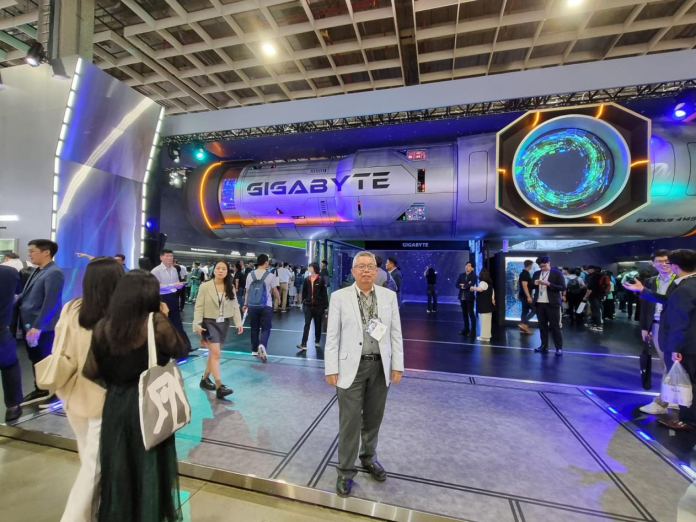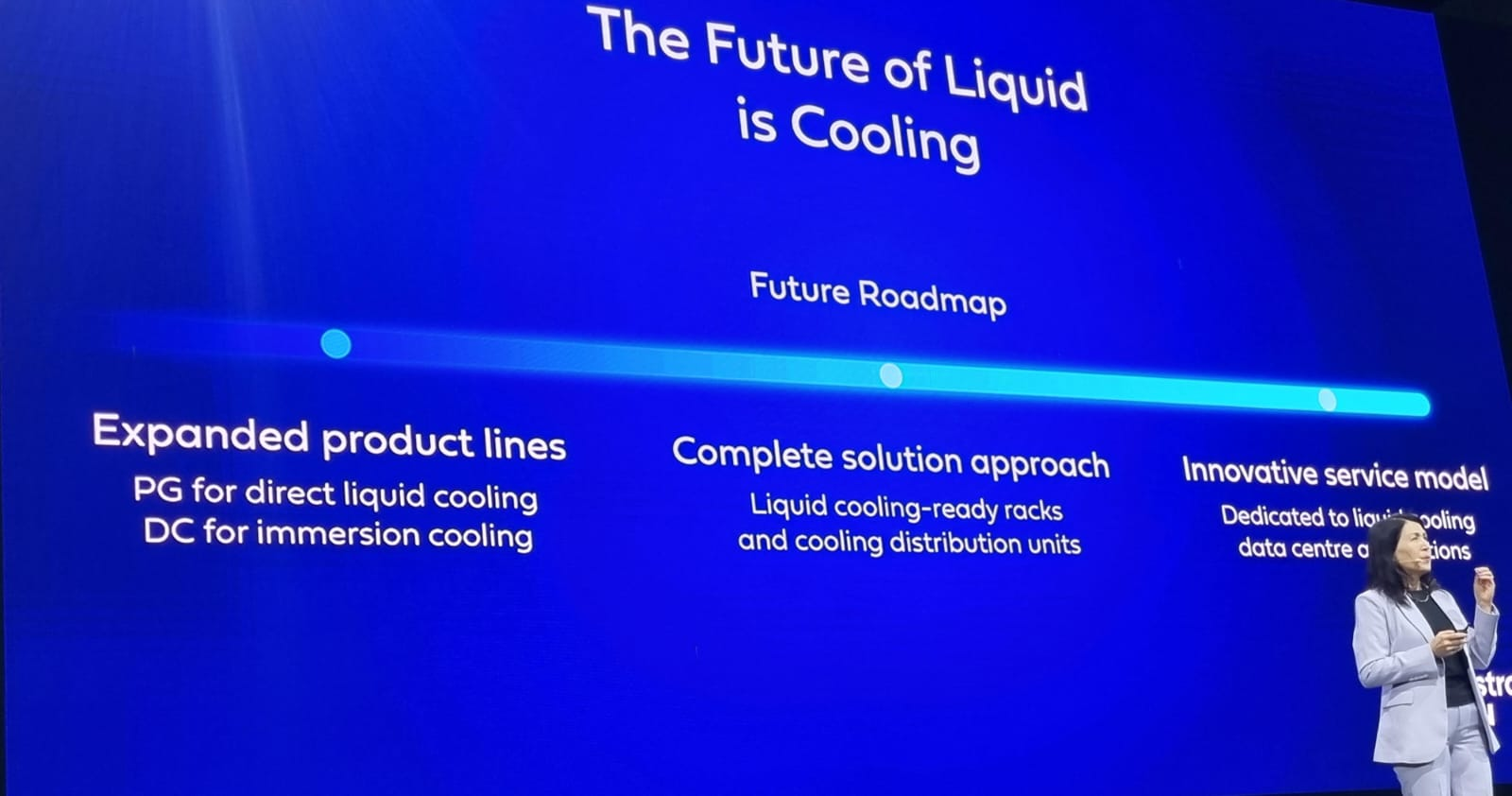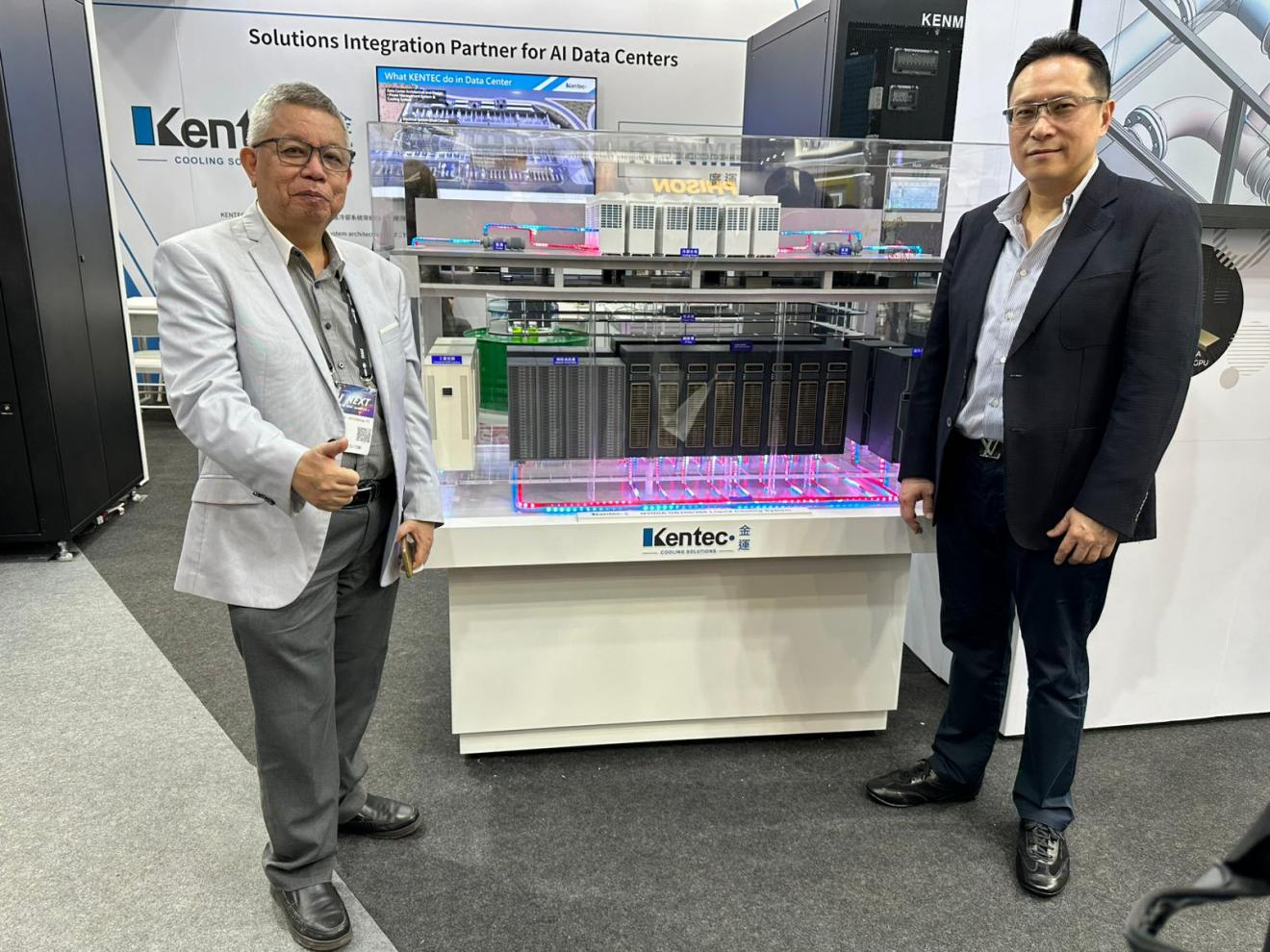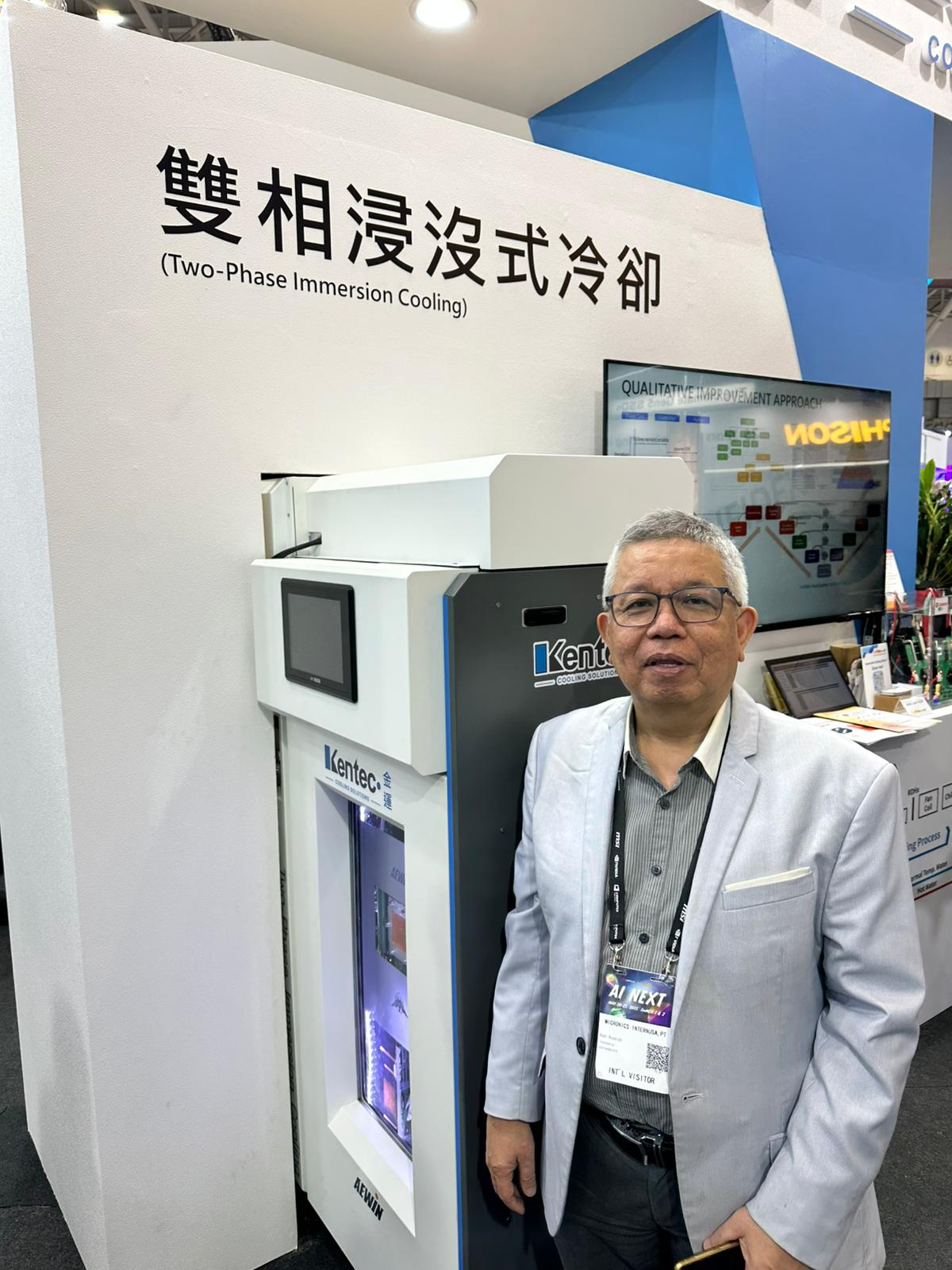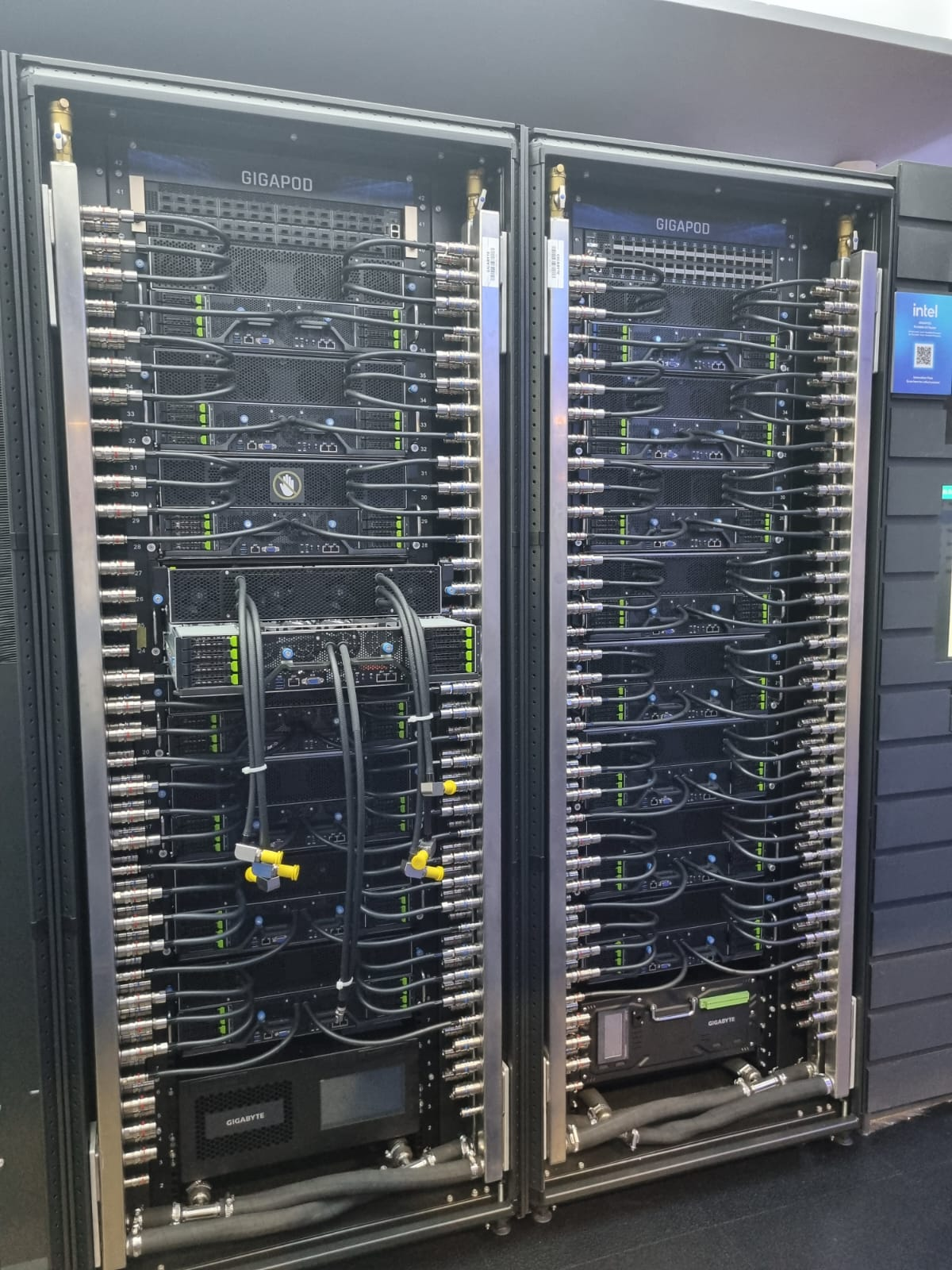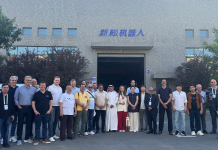Jakarta, May 26, 2025 — In a digital world that increasingly demands high speed and efficiency, computer cooling systems play a crucial role in maintaining performance and stability. One innovation gaining popularity across both consumer and industrial sectors is liquid cooling, a method that is proving to be more efficient than traditional air cooling systems.
Liquid cooling works by circulating a coolant through high-heat-generating components such as CPUs, GPUs, chipsets, and memory. The liquid absorbs the heat and transfers it to a radiator, where it is cooled before being recirculated. Compared to air cooling, which relies on fans and heatsinks, liquid cooling offers superior thermal transfer and consistency.
“This system helps maintain stable temperatures even under extreme workloads such as graphic rendering, heavy computation, or high-end gaming,” said Ir. Dimas Rahardian, a computer hardware expert at the Indonesian Institute of Technology.
Beyond technical advantages, liquid cooling also brings aesthetic value. Its sleek and futuristic design, especially when enhanced with RGB lighting and transparent tubes, has made it a top choice for custom PC builders.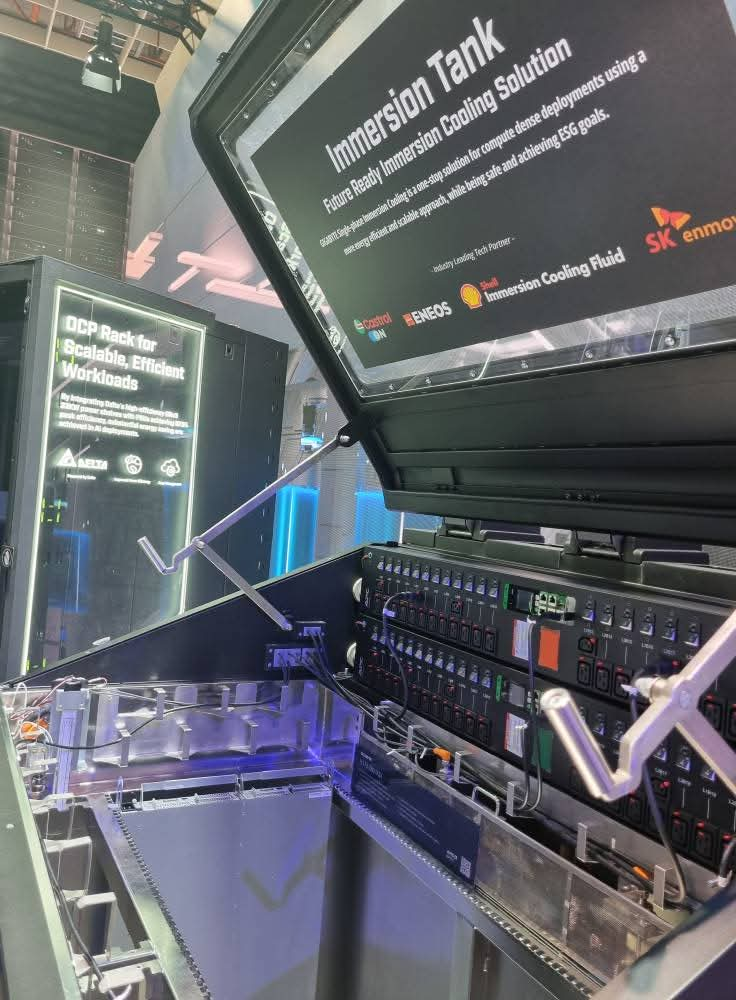
“Data center server racks are now using liquid cooling technology. It cools faster and is more energy efficient. Some are even adopting immersed liquid cooling,” explained Mr. Rudi Rusdiah, an industry observer.
Global Trends and Adoption in Indonesia
Globally, liquid cooling technology has been widely adopted in data centers, research labs, and industries requiring high-performance computing. Tech giants like Google and Microsoft have integrated liquid cooling into their infrastructure to reduce energy consumption and manage the thermal load of continuously operating servers.
In Indonesia, the trend is also gaining momentum — especially among professional gamers, content creators, and IT technicians. Many local hardware vendors and PC stores now offer liquid cooling systems, available as All-in-One (AIO) kits or custom loops, at increasingly competitive prices.
“This is the liquid cooling system used for AI data centers or AI factories. The red pipe carries the hot coolant up to the radiator fans, while the pipe from above brings cold coolant down to cool the GPU servers,” Rudi added.
Types and Key Components
Liquid cooling systems typically fall into two main categories:
- All-in-One (AIO) Liquid Cooler
A factory-sealed system that is easy to install, ideal for home or professional users seeking high-performance cooling without complexity.
2. Custom Loop
A manually assembled, open-loop system that offers full flexibility in design and component choice but requires technical knowledge and regular maintenance.
Core components include:
Water Block – Transfers heat from hardware to the liquid.
Pump – Circulates the coolant throughout the system.
Radiator – Cools the heated liquid.
Reservoir (optional) – Stores coolant and helps with flow management.
“Immersed liquid cooling involves submerging servers directly into special non-conductive cooling fluids, essential for high-heat GPU servers,” Rudi explained.
Challenges and Future Outlook
Despite its advantages, liquid cooling does come with challenges. Higher installation costs, the complexity of setup, and the risk of leaks are notable concerns. Coolants must also be replaced periodically to prevent corrosion and microbial growth.
“Routine maintenance and monitoring are key to ensuring performance and safety, especially for more complex custom systems,” Dimas emphasized.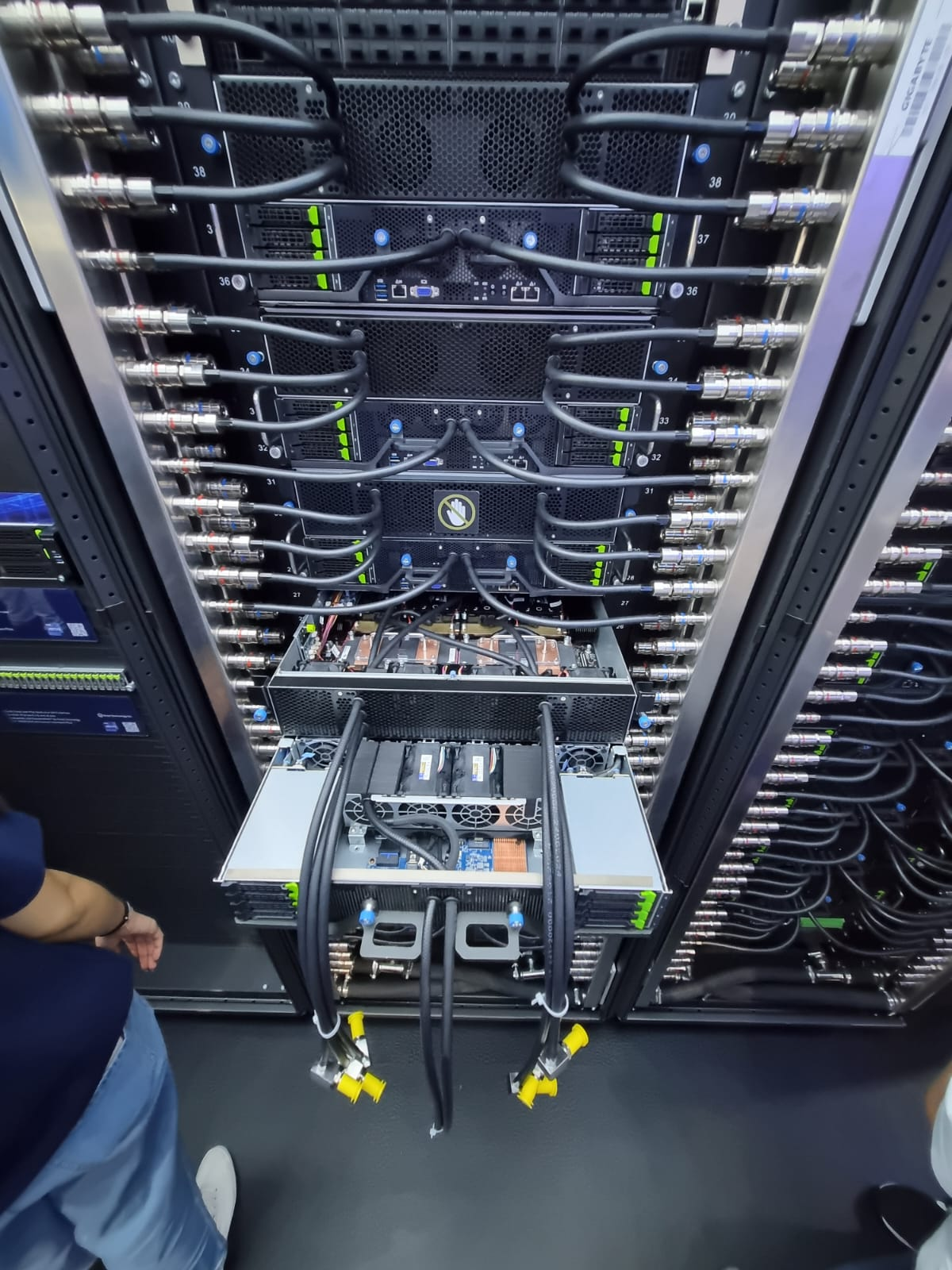
As the demand for high-performance computing and energy efficiency continues to rise, liquid cooling is expected to become a new standard in both consumer and industrial computing environments. Innovations in coolant materials, smart monitoring systems, and non-conductive fluids will further drive broader adoption.
Ultimately, liquid cooling is not just about aesthetics or trend — it’s a strategic move toward improving productivity, longevity, and environmental sustainability in computing infrastructure. With proper education and technical support, this technology is poised to advance Indonesia’s digital transformation into the era of high-performance, sustainable computing



